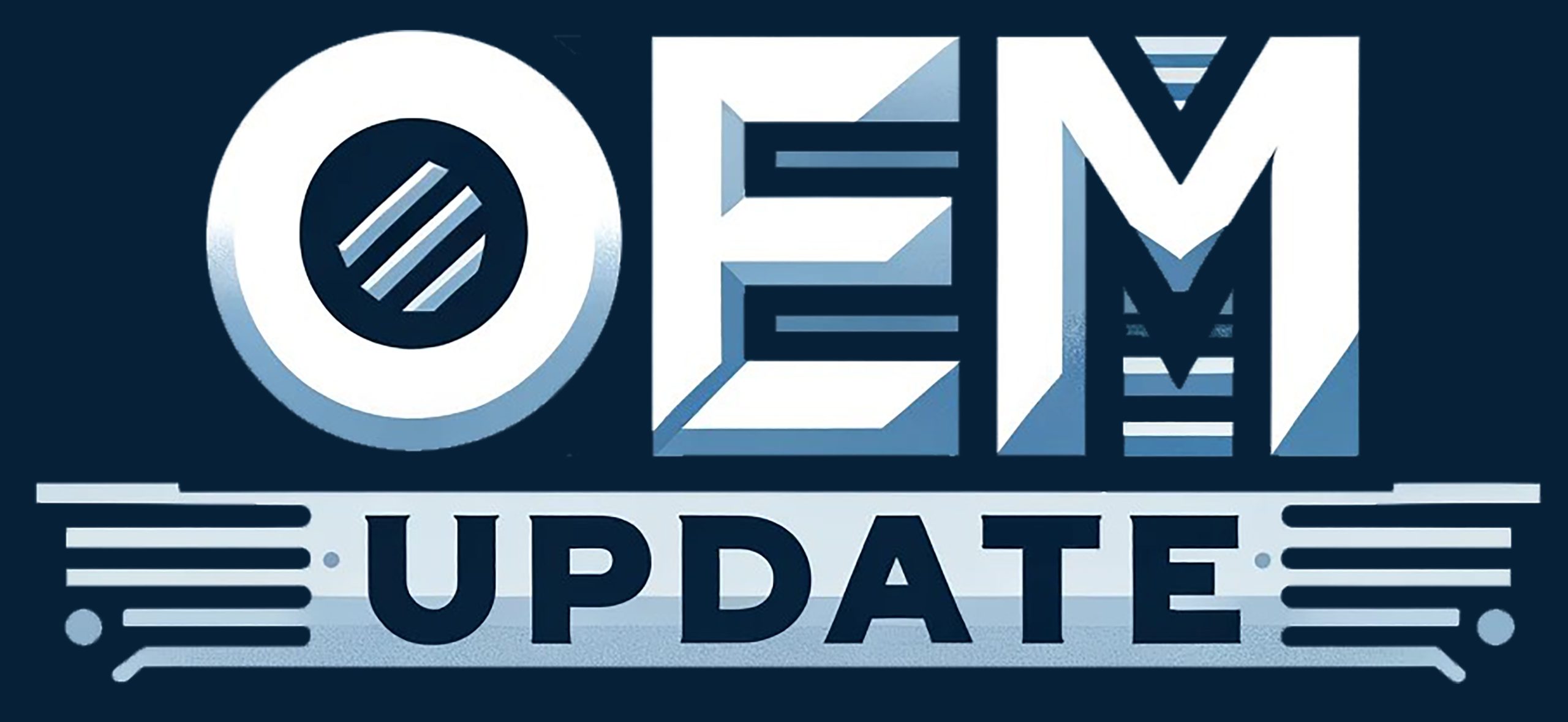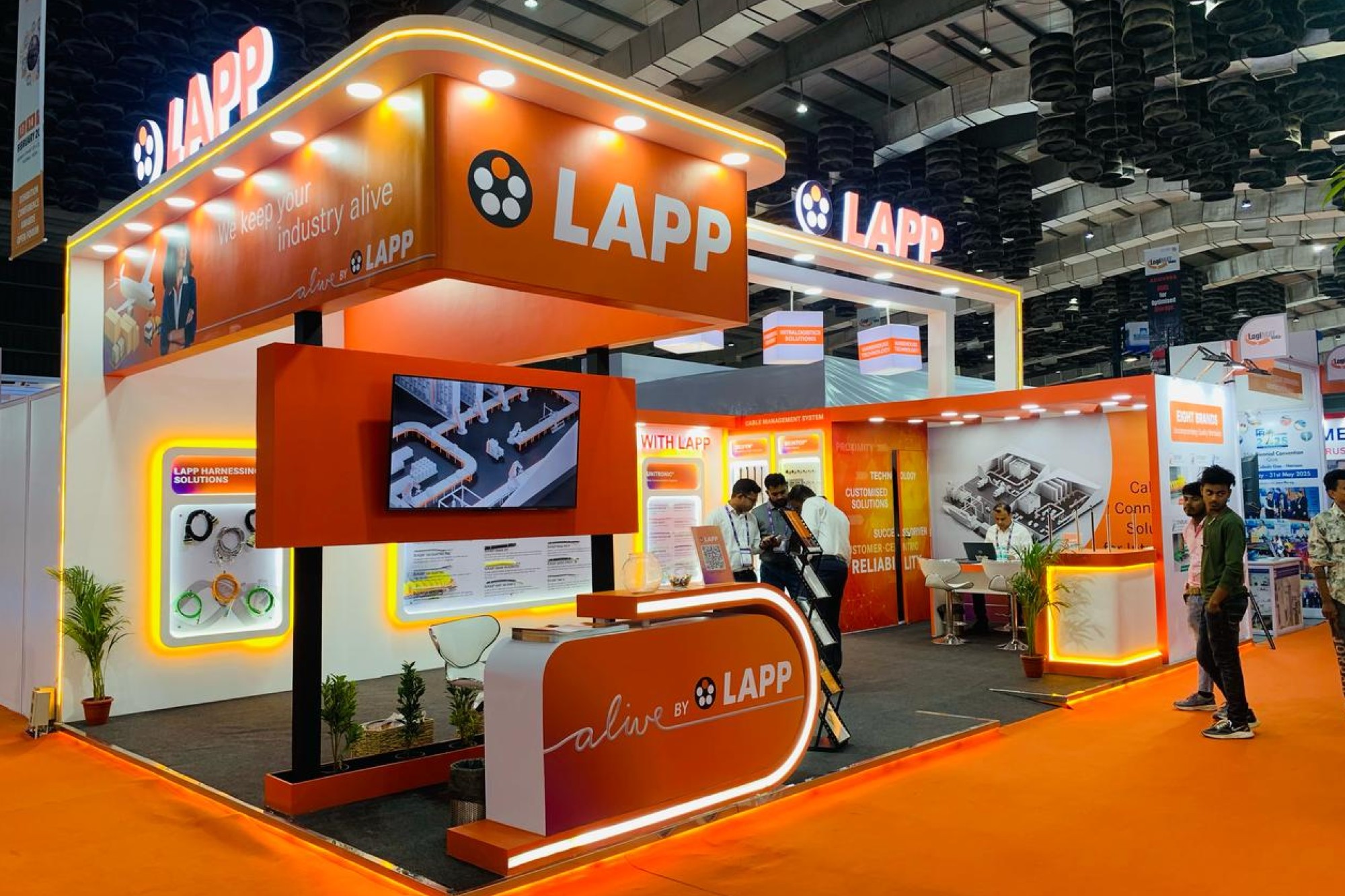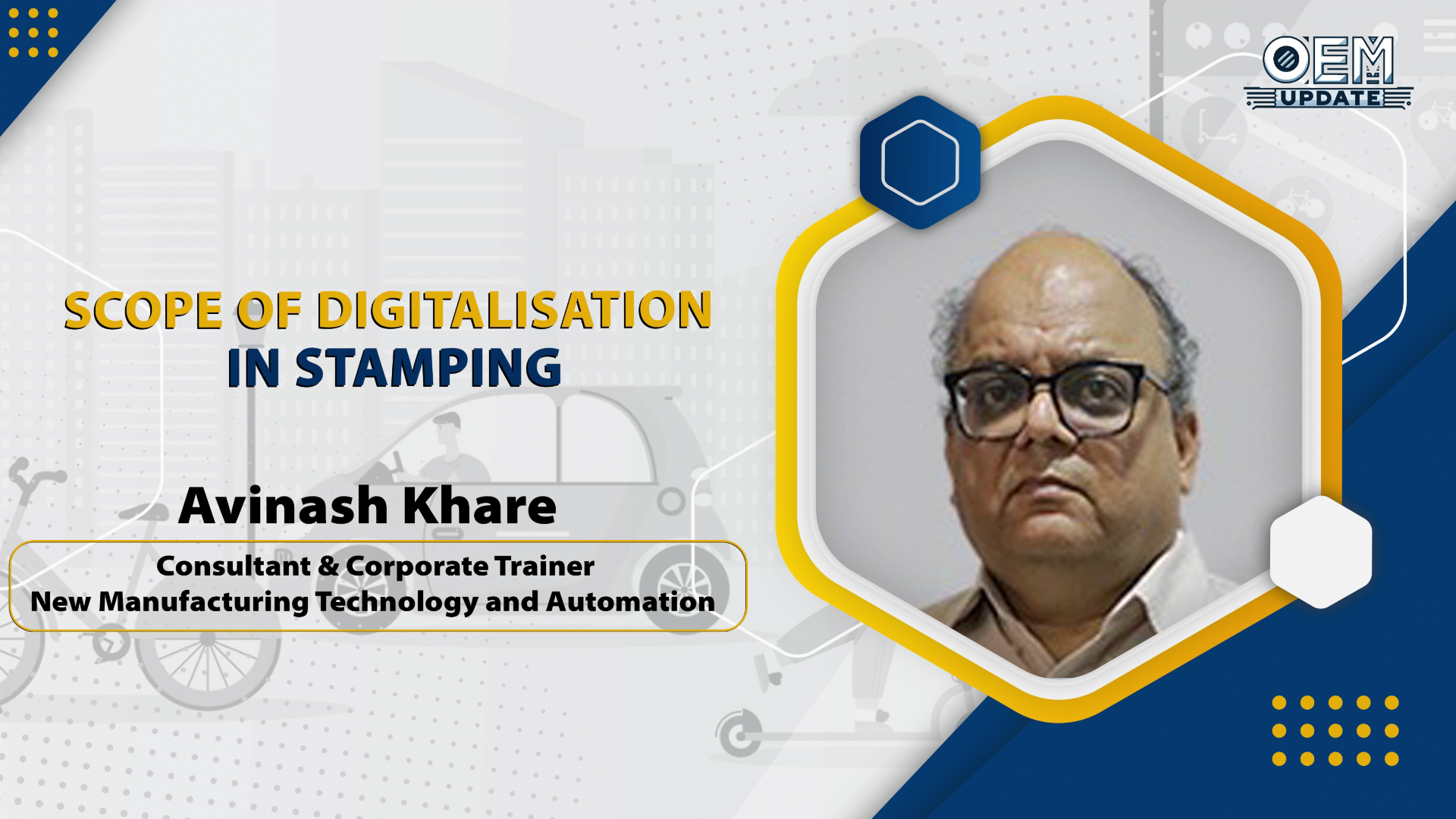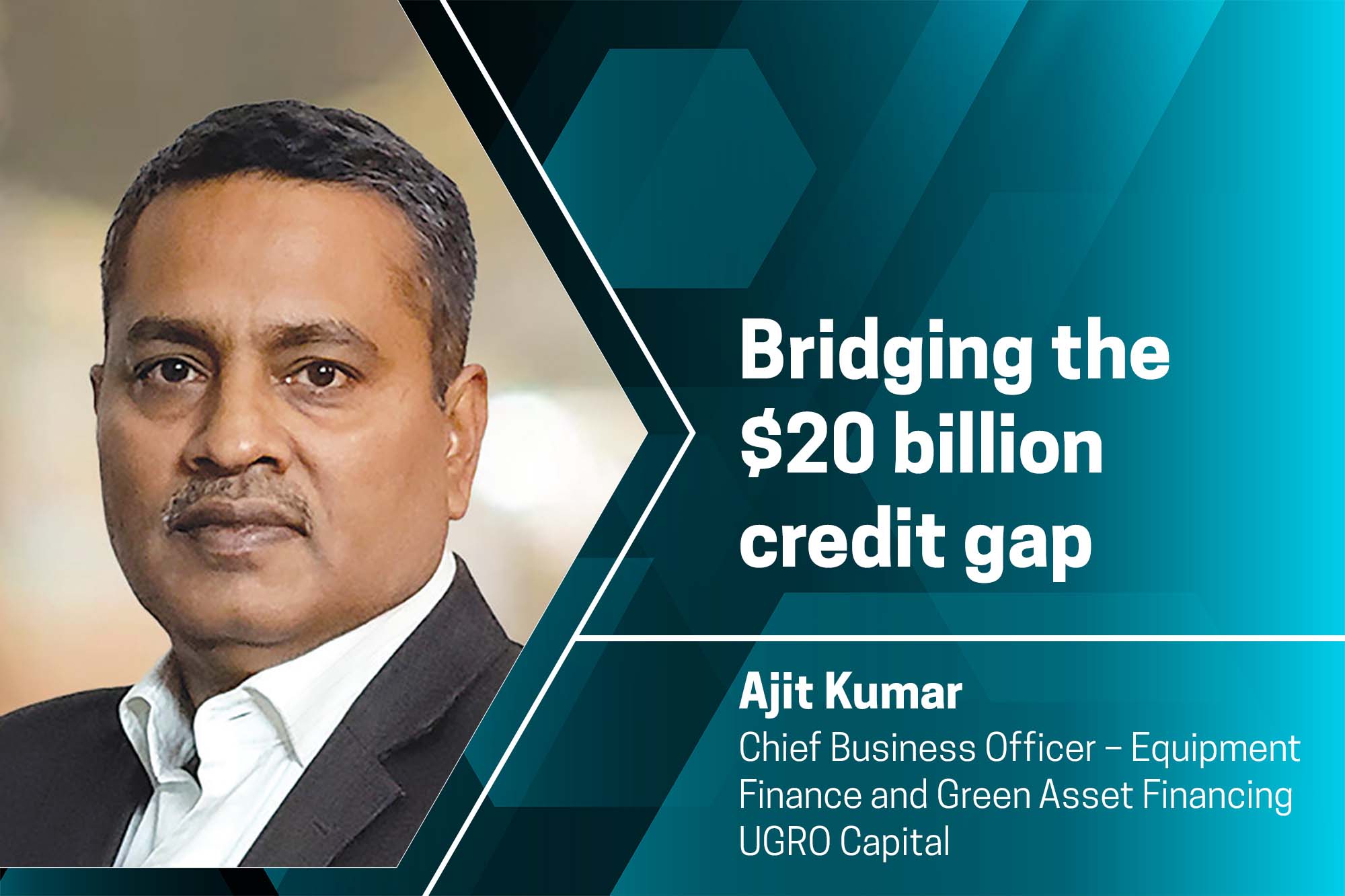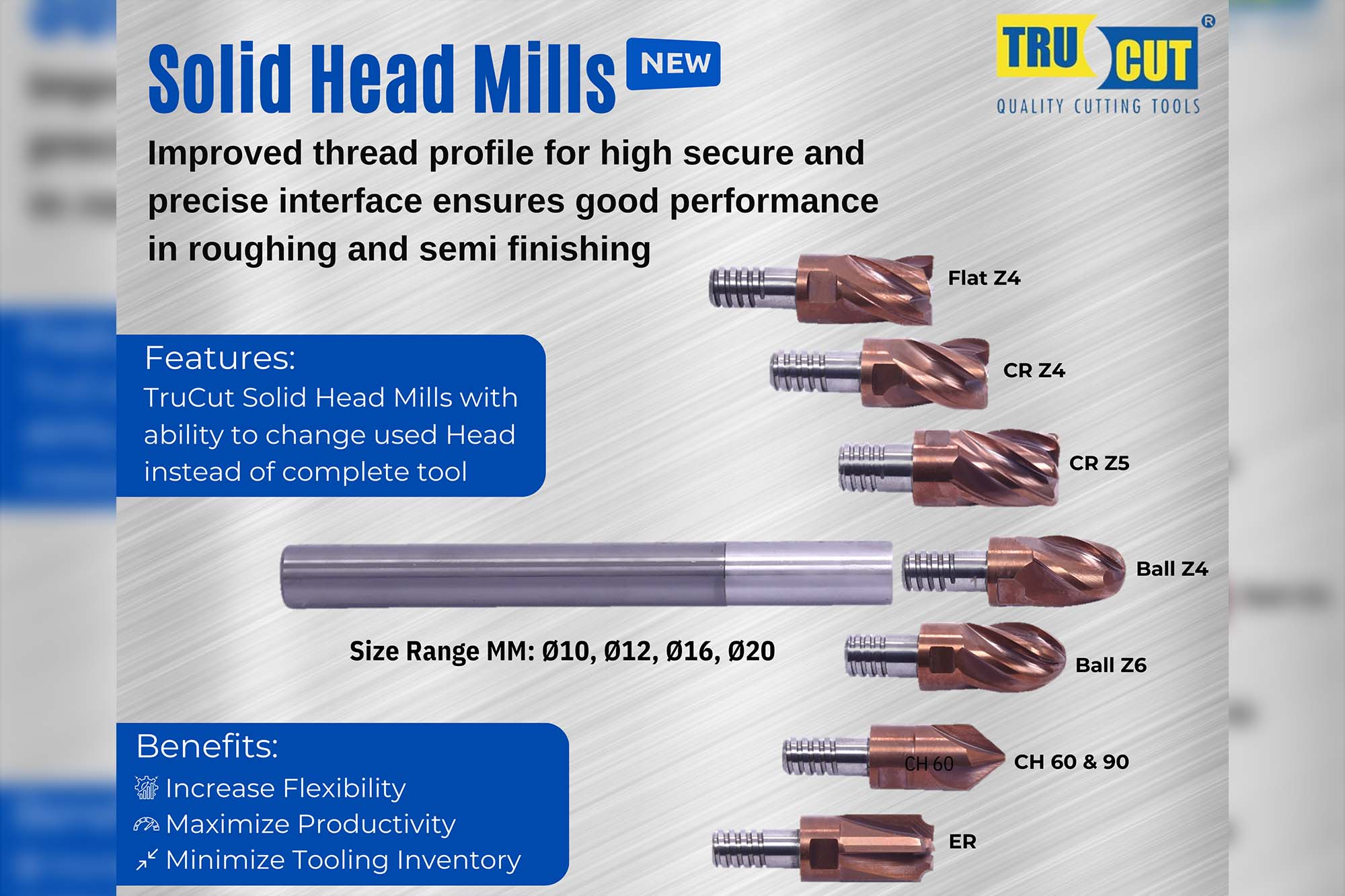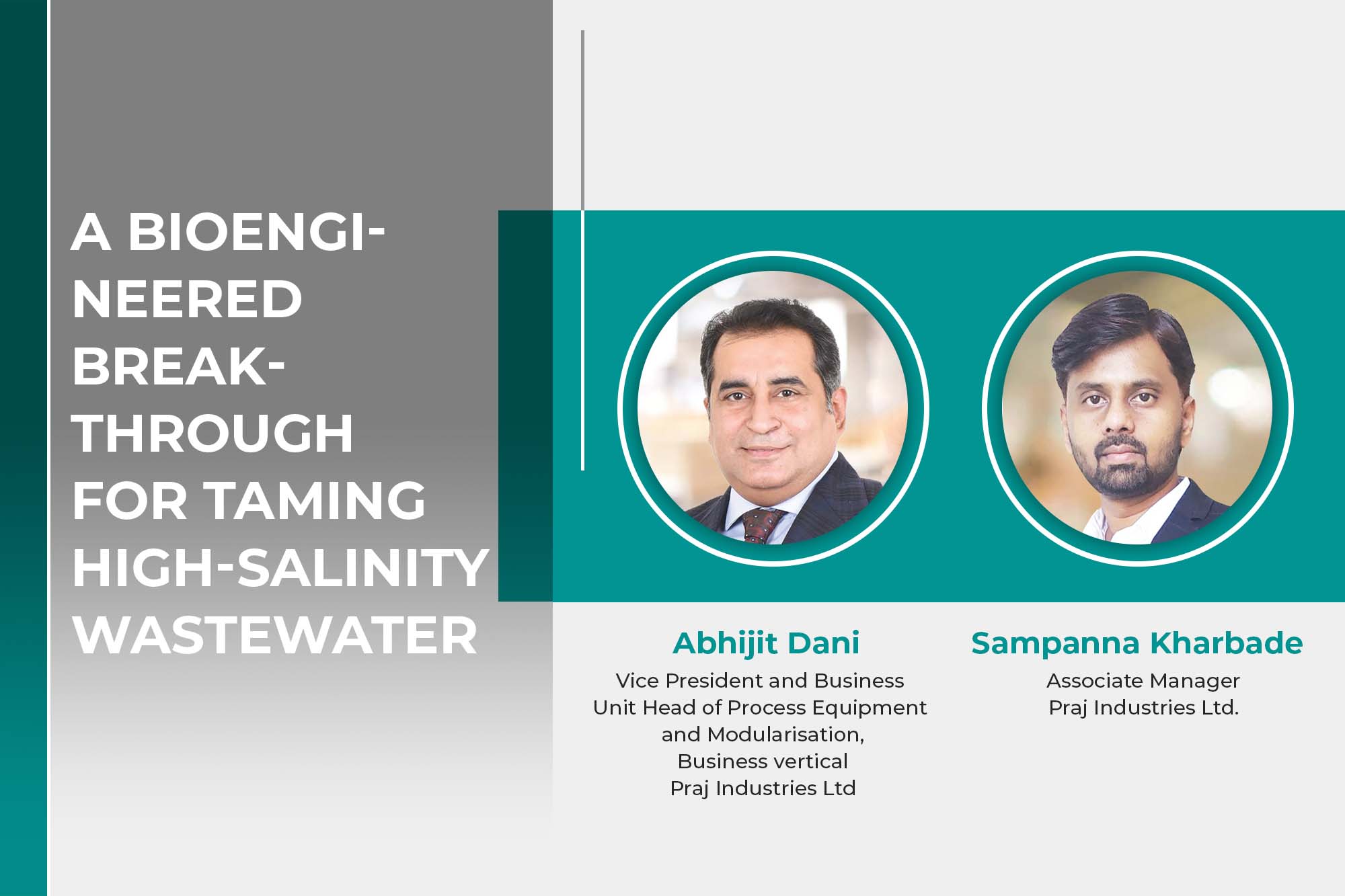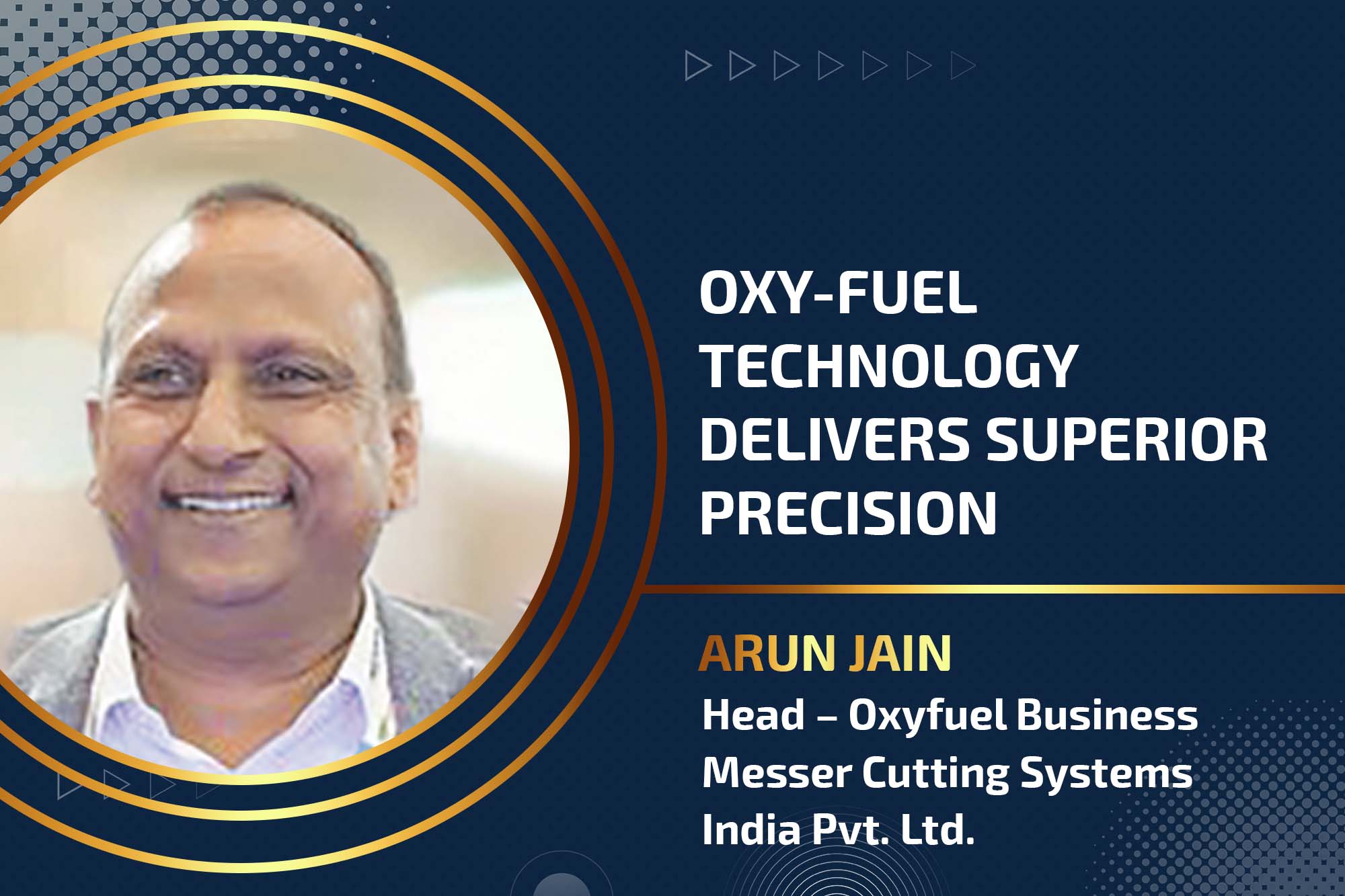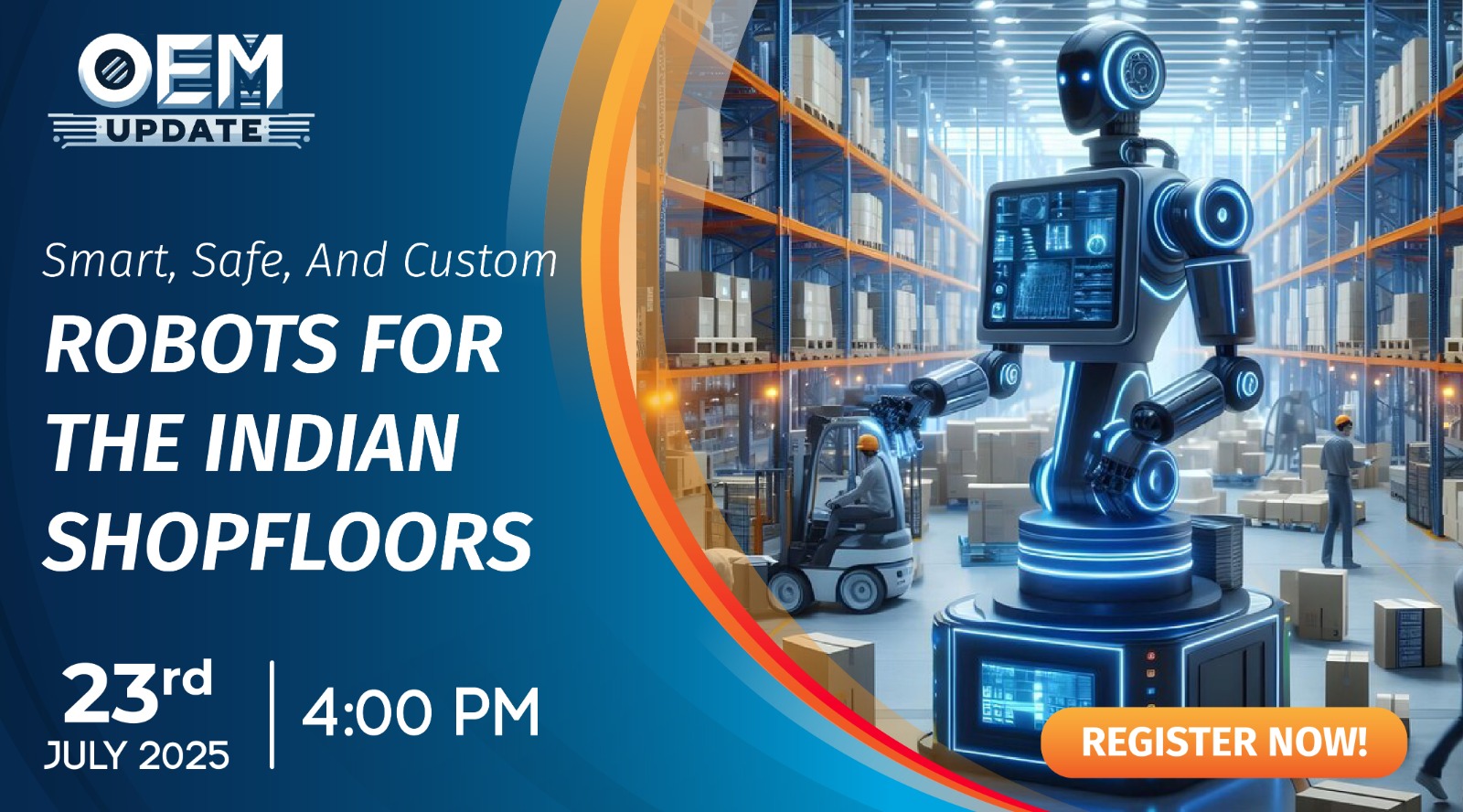Fail Faster, Succeed Quicker
By admin October 20, 2012 6:07 am IST
“To design innovative products, you must fail quickly,” expresses Satish Mohanram, Business Development Manager, National Instruments India
While making incremental changes to existing embedded designs may be straightforward, engineers and scientists working on creating new, innovative designs live in a much different world. They are tasked with building complex electrical or electro-mechanical systems that require unique combinations of I/O and processing elements to build. Rather than starting by budgeting time and resources, these designers often need to begin the design process by asking “is this even possible?”
One example of this kind of innovative application is a system created by KCBioMediX, Inc, which teaches premature infants how to feed. With up to one-third of premature infants suffering from feeding problems, the device called NTrainer, helps coordinate sucking, swallowing and breathing movements to accelerate feeding without a tube. It is essentially a computerised pacifier that emits gentle pulses of air into an infant’s mouth.
Of course, this kind of innovation seldom takes place without skeptics. Innovative designs require investment that is often heavily competed for and scrutinised within organisations. Or, in the case of start-up ventures, entrepreneurs require investment from venture capitalists that have many other places to put their funding. Ultimately, to make a commitment, management or third party sources of capital require the same things – proof that the concept will work and a sound business plan.
Let’s concentrate on the former. Complex devices and machines typically require tens or even hundreds of iterations during the design process; in short, failures. And these iterations can be time consuming and expensive. While making software modifications is relatively easy, changing I/O or processing hardware can take weeks to months. Meanwhile, business leaders and investors become increasingly impatient.
How can both large organisations and startups mitigate the risk of redesigns? One solution commonly employed is to carefully study design requirements and come up with an architecture that is unlikely to need modification. This is a poor solution for two reasons. First, even the most capable designers may fail to foresee the challenges associated with a new, innovative design – resulting in cut traces or a rat’s nest of soldered wires to modify a piece of hardware. Second, because engineers are likely to reuse the architectural patterns and design tools they are used to, innovative features are more likely to be traded-off to fit the constraints that those patterns impose.
Cookie Consent
We use cookies to personalize your experience. By continuing to visit this website you agree to our Terms & Conditions, Privacy Policy and Cookie Policy.
